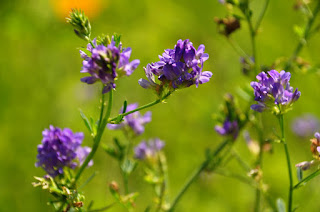Water Quality Tips to Win You Over This Winter
What we put on our roads and driveways today can end up in our local waterbodies tomorrow. During snow melt, any salt, sand, or deicers that were used can make their way down storm drains and into surrounding lakes, rivers, and streams. Salt and deicers can be deadly to fish, aquatic plants, and other aquatic life. Sand can make the water murky, which makes it difficult for plants to grow and aquatic animals to eat. Additionally, these materials can reduce our ability to use the water for drinking, irrigation, or recreational opportunities, such as fishing or swimming.
This winter, consider
these tips for managing ice and snow – these tips can help protect you, your
wallet, and our water quality!
- Begin shoveling early and keep shoveling intermittently throughout snowstorms. Doing so will reduce ice from building up, which in turn means less of a need for salt, sand, and deicers.
- Read the label! Only use deicers according to their labels - this will help save you money by not applying more than what is needed and will protect water quality too.
Use salt and sand sparingly and only as needed..jpg) It's important to sweep up excess salt (likepictured above). If it enters our water, it canbe harmful to us and aquatic life!
It's important to sweep up excess salt (likepictured above). If it enters our water, it canbe harmful to us and aquatic life!- Sweep up any excess salt, sand, and deicers.
- Try using environmentally friendly alternatives such as cracked corn for traction or calcium magnesium acetate products.
This information is part of a larger project funded by EGLE under the NPS Control Fund and Section 319 of the federal CWA.




Comments
Post a Comment